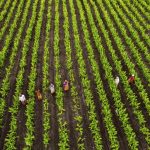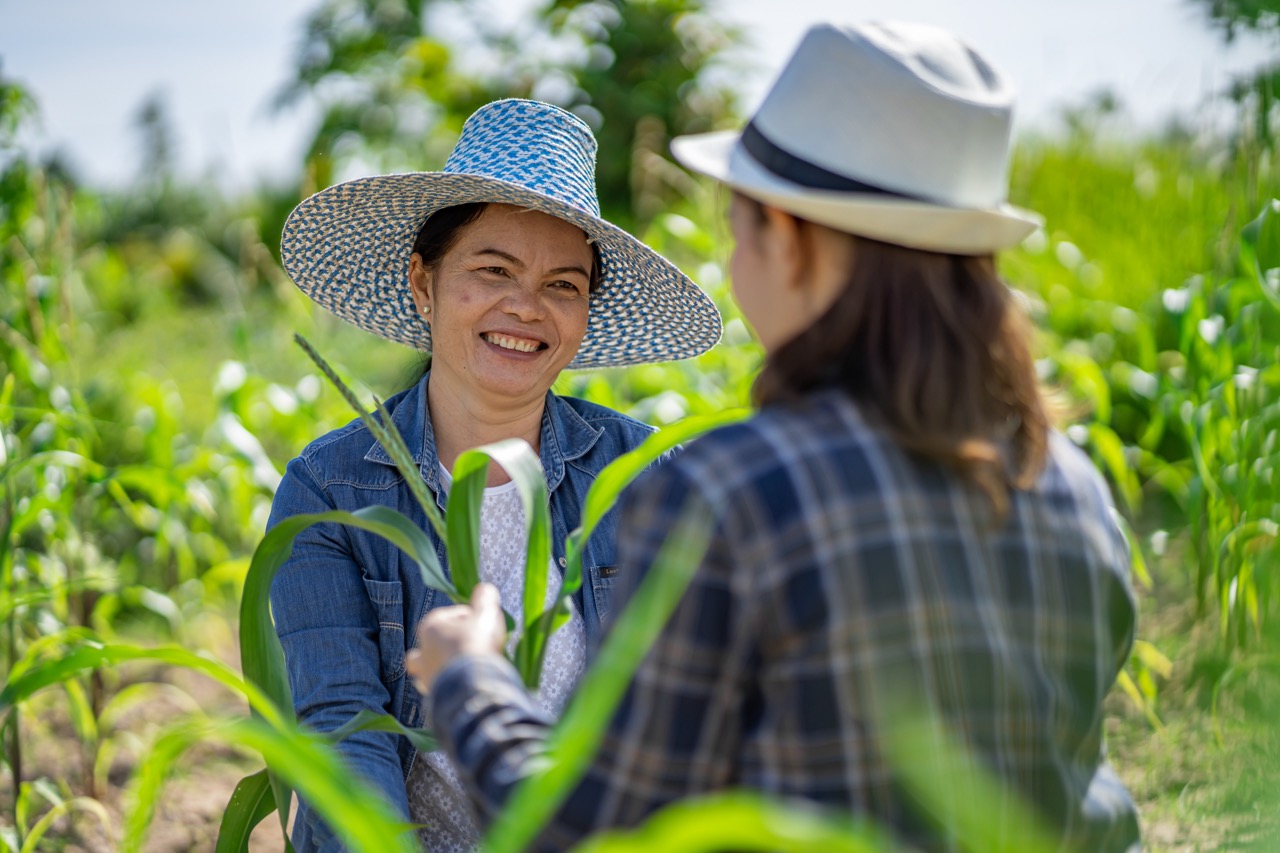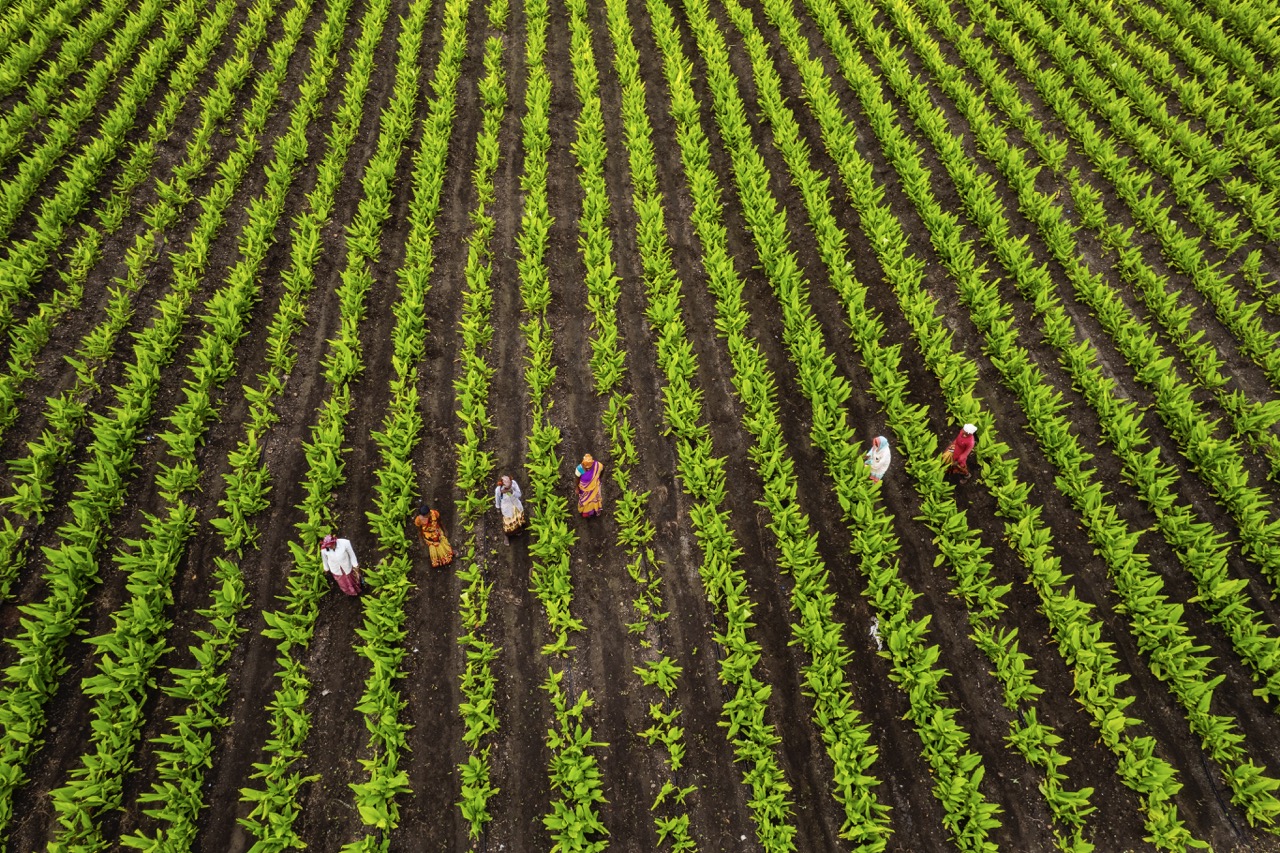Sharecropping has historically been a labor system that allows landowners to maintain agricultural productivity while providing workers, often from lower socioeconomic backgrounds, with a means to earn a living. Originating in the Southern United States post-Civil War, sharecropping enabled landowners to profit from their land while offering individuals an opportunity to cultivate crops without the need for capital to purchase land. However, this system comes with significant risks and challenges for both parties involved. Understanding these risks is crucial for assessing the viability and ethical implications of sharecropping arrangements.
Understanding Sharecropping: An Overview of the System
Sharecropping is a system where landowners provide land, tools, and sometimes seed to individuals—typically farmers—who in return agree to work the land and share a portion of the crop yield. This arrangement allows landowners to reduce their labor costs and avoid the complexities of employing full-time laborers. Similarly, sharecroppers can access land without the financial burdens associated with purchasing it, making it an attractive option for many impoverished individuals seeking to sustain themselves and their families.
Despite its perceived mutual benefits, sharecropping is often characterized by power imbalances and exploitative practices. Landowners usually dictate the terms of the agreement, including the share of the crop that will go to the landowner and the pricing for necessary supplies. As a result, sharecroppers often find themselves in a precarious position, with limited agency and a heavy reliance on the landowner’s resources and decisions. This dependency can create a cycle of debt that traps sharecroppers in an ongoing struggle for financial stability.
The complexity of sharecropping arrangements can also lead to misunderstandings and disputes between parties. Vague contract terms, fluctuating market prices for crops, and variable costs for inputs can all contribute to tensions. When these issues arise, they can jeopardize the working relationship and the productivity of the land itself, highlighting the need for clear communication and mutual understanding in sharecropping agreements.
Economic Risks for Landowners in Sharecropping Agreements
Landowners face a multitude of economic risks in sharecropping agreements that can impact their profitability and investment. One of the primary concerns is the potential for crop failure, which can occur due to adverse weather conditions, pests, or diseases. When sharecroppers are unable to produce a sufficient yield, landowners may find themselves with reduced income, which complicates their ability to maintain the land and pay for ongoing operational costs.
Moreover, sharecroppers may lack the necessary skills or knowledge to cultivate the land effectively, leading to suboptimal production practices. If landowners do not thoroughly vet their sharecroppers or provide adequate support and training, they risk losing out on potential profits. This oversight can lead to a situation where the landowner invests in a sharecropper who is unable to deliver the expected yield, reducing the land’s overall productivity and profitability.
Additionally, landowners often have to deal with the risk of sharecroppers defaulting on their agreements or abandoning their plots. Economic downturns or personal hardships can compel sharecroppers to leave their agreements prematurely, leaving landowners with unharvested crops and lost revenue. This unpredictability makes it challenging for landowners to forecast income and plan for future investments, thus highlighting the inherent instability in sharecropping arrangements.
Challenges and Vulnerabilities Faced by Sharecroppers
Sharecroppers often find themselves in a precarious economic position that exposes them to numerous challenges and vulnerabilities. One of the most significant risks is the cyclical nature of debt, which can ensnare sharecroppers in a never-ending struggle for financial freedom. Many sharecroppers must rely on credit extended by landowners for essential supplies, which can result in mounting debts that are difficult to repay, particularly if crop yields are poor. Consequently, sharecroppers may find themselves perpetually tied to the landowner, unable to break free from the cycle of dependency.
Furthermore, sharecroppers are typically at the mercy of market fluctuations, which can drastically affect their income. The prices for crops can vary widely based on supply and demand, meaning that sharecroppers may not receive fair compensation for their labor or the produce they cultivate. This economic vulnerability is exacerbated by the fact that many sharecroppers lack access to education, resources, and information that could help them make better-informed decisions regarding their agricultural practices and market opportunities.
Social and legal challenges also contribute to the vulnerabilities faced by sharecroppers. Many operate in a system that lacks legal protections, making it difficult for them to advocate for their rights in the face of exploitation. Landowners may impose unfair terms, and without a voice or recourse, sharecroppers are often left with minimal options to address grievances. This power imbalance makes it increasingly challenging for sharecroppers to achieve economic stability and independence.
Long-Term Implications of Sharecropping for Both Parties
The long-term implications of sharecropping arrangements can have profound effects on both landowners and sharecroppers, shaping their financial futures and community dynamics. For landowners, reliance on sharecropping can foster a lack of investment in sustainable agricultural practices. When profit margins are primarily determined by sharecropping agreements, landowners may prioritize short-term gains over long-term land health, leading to soil degradation and diminishing returns over time. This practice can ultimately jeopardize their assets and the region’s agricultural viability.
For sharecroppers, the long-term effects of this system often manifest as entrenched poverty and limited social mobility. The inability to build equity or accumulate savings due to the cyclical nature of debt and dependency can create generational challenges. Children of sharecroppers may inherit the same economic and social struggles, perpetuating a cycle of poverty that becomes increasingly difficult to escape. The lack of upward mobility can lead to disillusionment and reduced participation in community growth, further entrenching socioeconomic divides.
Moreover, sharecropping can create an environment of tension within communities, as the power dynamics between landowners and sharecroppers develop over time. In situations where exploitation is prevalent, resentment can build, leading to social unrest and conflict. The historical context of sharecropping, particularly in regions with a legacy of racial disparities, further complicates these dynamics. The long-term implications of sharecropping, therefore, extend beyond the individual agreements, influencing broader economic, social, and cultural landscapes.
In summary, sharecropping is a multifaceted system that presents significant risks and challenges for both landowners and sharecroppers. While it offers a means of agricultural productivity and income generation, the inherent vulnerabilities can lead to economic instability, entrenched cycles of debt, and social strife. Understanding these risks is crucial for stakeholders aiming to foster more equitable and sustainable agricultural practices in the future. As discussions around agricultural labor evolve, the lessons learned from the sharecropping system can provide valuable insights into building more just and resilient economies.










